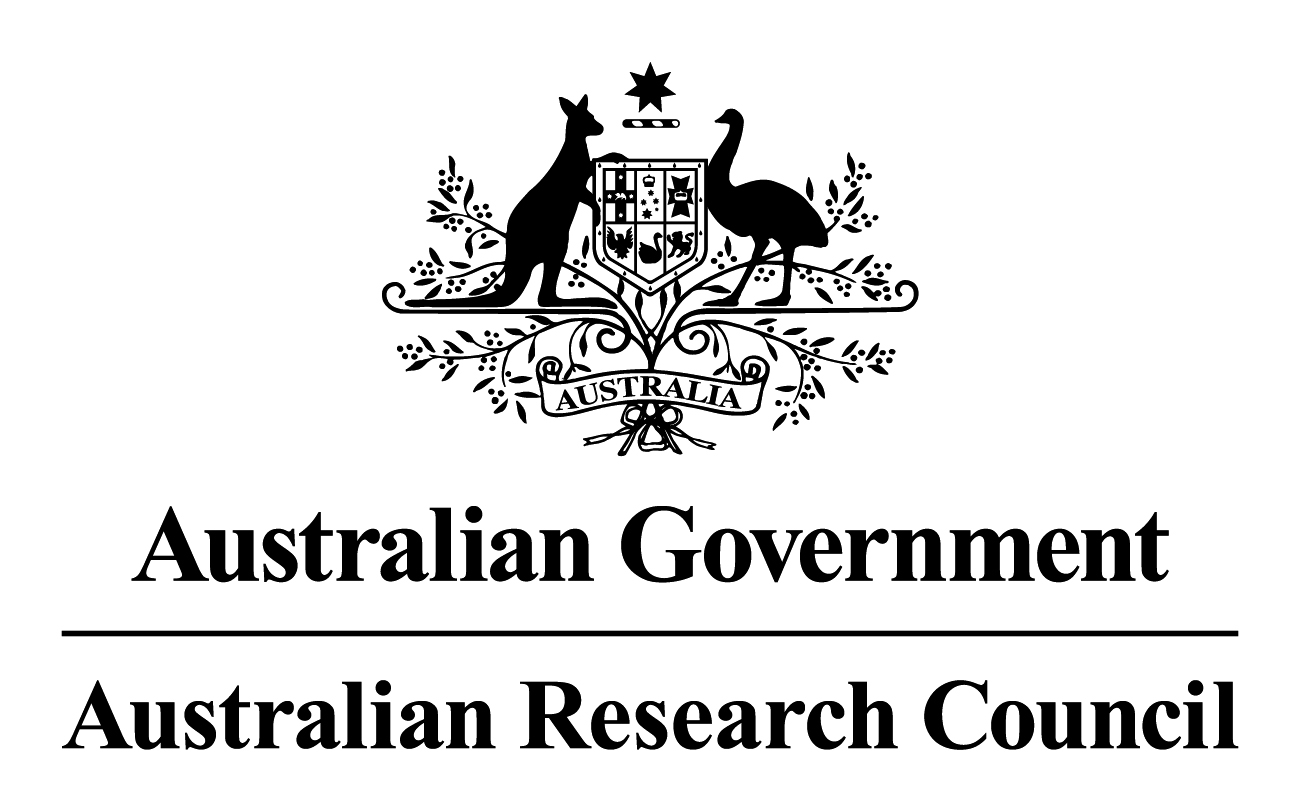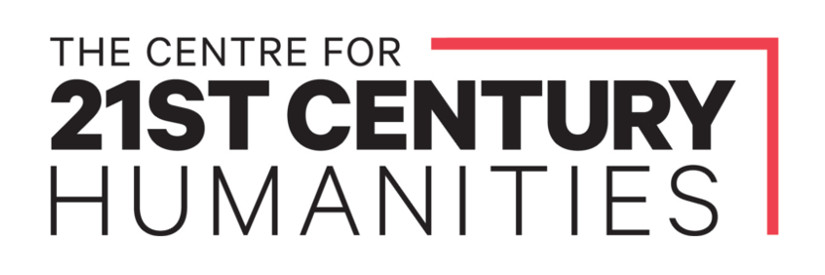About
The project to research and build this online map and related information was led by historian, Professor Lyndall Ryan at the University of Newcastle in consultation with The Wollotuka Institute and the Australian Institute of Aboriginal and Torres Strait Islander Studies in Canberra. The initial version of the site was funded by the Australian Research Council (DP140100399). The site was supported by Professor Philip G. Dwyer, Director, Centre for the Study of Violence, Professor Hugh Craig, Director, Centre for 21st Century Humanities, Professor Catharine Colborne, Head, School of Humanities & Social Science, and Professor John Fischetti, Pro Vice Chancellor, College of Human and Social Futures at the University of Newcastle.
Following the generation of data on massacres, research into drivers and intergenerational impacts of frontier violence continues with the Historical Frontier Violence project, led by Associate Professor Julie Moschion and Dr Cain Polidano and funded via the ARC Discovery Project scheme (ARC DP220101336).
The information and data on this site may only be re-used in accordance with the Terms Of Use.
Research Team
Information on this site represents the best evidence available to the research team. From the first release in July, 2017 until October, 2024 the many comments and contributions made through the contact form were welcome.
We thank everyone who has used the online contact form to offer details and suggestions that have helped us improve information on this website over time, and the team of volunteers who helped us check every record in the database.
| Prof Lyndall Ryan | project lead, historian, east coast sites | initiative and all stages |
| Dr Jennifer Debenham | historian, east coast sites, bibliography | initiative and all stages |
| Dr Bill Pascoe | system architect, project coordinator, editing | all stages |
| Dr Robyn Smith | historian, Northern Territory sites | stages 2, 3 and 4 |
| Dr Chris Owen | historian, Western Australia sites | stages 3 and 4 |
| Dr Jonathan Richards | Queensland sites | initiative and stage 1 |
| Robert J Anders | cartographer, Indigenous advisor | initiative and stage 1 |
| Prof Stephanie Gilbert | Indigenous advisor | stages 1, 2 and 3 |
| Kaine Usher | software development | stages 3 and 4 |
| Daniel Price | Indigenous research assistant | stages 1, 2 and 3 |
| Jack Newley | software development | stage 2 |
| Dr Mark Brown | cartographer | stage 1 |
| Le Hoang Le | editing | stage 3 |
| Hedy Fairbairn | editing | stage 3 |
How to cite
This project and website may be cited in this way:
Ryan, Lyndall; Debenham, Jennifer; Pascoe, Bill; Smith, Robyn; Owen, Chris; Richards, Jonathan; Gilbert, Stephanie; Anders, Robert J; Usher, Kaine; Price, Daniel; Newley, Jack; Brown, Mark; Craig, Hugh Colonial Frontier Massacres in Australia 1788-1930 Newcastle: University of Newcastle, 2017-2025, https://c21ch.newcastle.edu.au/colonialmassacres (accessed 16/03/2024).
or for a particular stage, such as stage 2:
Ryan, Lyndall; Debenham, Jennifer; Pascoe, Bill; Gilbert, Stephanie; Smith, Robyn; Brown, Mark; Price, Daniel; Newley, Jack. Colonial Frontier Massacres in Eastern Australia 1788 to 1930, v2.1 Newcastle: University of Newcastle, 2018, https://c21ch.newcastle.edu.au/colonialmassacres (accessed 30/10/2018). Funded by ARC: DP 140100399.
Background
The project grew out of the Aboriginal history wars that broke out in the late 1990s and the debate about frontier massacres. The key questions included: What is a frontier massacre? Where is the evidence? Where did they take place? Were they widespread or were they few and far between? Who were the perpetrators? How can we know?
At the time the only Australia wide study of frontier massacre was Bruce Elder’s Blood on the Wattle1. First published in 1988 it contained information about 75 incidents of frontier massacres across Australia. Elder noted that military massacres were the dominant feature of first settlements in each of the colonies. When the 3rd edition of the book was published in 2003, more than 100 frontier massacres were chronicled across Australia, based on research by regional historians like Gil Andrew, Noel Loos, Geoffrey Blomfield, Peter D Gardner, and Gordon Reid, and the detailed studies of individual frontier massacres by linguist Luise Hercus, anthropologists Roma Kelly and Nicolas Evans and historians Gordon Reid and Jane Lydon.2 While there was some indication of the conditions in which frontier massacres took place, there was still no clear definition of a frontier massacre.
Since then important regional studies of frontier massacres by Ian D. Clark for Western Victoria, Patrick Collins for South West Queensland, Tony Roberts for the Gulf Country, Amanda Nettelbeck and Robert Foster for South Australia, Jonathan Richards for Queensland, Lyndall Ryan for Tasmania, Darrell Lewis for Victoria River District in the Northern Territory, Timothy Bottoms for Queensland and Chris Owen for the Kimberley, have further advanced the field.3 Bottoms, Clark and Ryan each offered a definition of frontier massacre as the indiscriminate killing of five or six undefended people in one operation, and began to query the reliability of evidence in the immediate aftermath. What was now required was a coherent methodology to interrogate the wide array of sources.
In the meantime, the new field of digital technology was emerging. New mapping techniques were enabling the general public to access information that was usually the preserve of specialist researchers. Drawing on the new research fields of massacres studies and digital technology, the Colonial Frontier Massacre map project was born.
The project was initially funded by the Australian Government through Australian Research Council, PROJECT ID: DP140100399.

References
- Elder, B 1988, Blood on the Wattle: Massacres and Maltreatment of Aboriginal Australians since 1788, New Holland Publishers, Sydney.
- Elder, 2003, Blood on the Wattle, 3rd edition; Gill, A 1977, ‘Aborigines, Settlers and Police in the Kimberleys 1887-1905, Studies in Western Australian History, pp.1-28; Blomfield, G. 1986: Baal Belbora the End of the Dreaming, Alternative Publishing Co-operative Ltd., Sydney; Loos, N 1982, Invasion and Resistance: Aboriginal-European Relations on the North Queensland Frontier 1861-1897, Australian National University Press, Canberra; Gardner, P D 1990, Our Founding Murdering Father, Ngarak Press, Ensay; Reid G. 1990, A Picnic with the Natives Aboriginal-European Relations in the Northern Territory to 1910, Melbourne University Press, Melbourne. Hercus, L 1977, ‘Tales of Nadu-Dagali (Rib-Bone Billy)’, Aboriginal History, Vol.1, No.1, pp.53-62; Reid, G 1982, A Nest of Hornets: The Massacre of the Fraser Family at Hornet Bank Station, Central Queensland, 1857, and Related Events, Oxford University Press, Melbourne; Kelly R, and Evans N, 1985, ‘The McKenzie Massacre on Bentinck Island’, Aboriginal History, vol.9, no.1, pp.44-52; Lydon J 1996, ’”No Moral Doubt…” Aboriginal Evidence and the Kangaroo Creek Poisoning, 1847-1849’, Aboriginal History, Vol.20, pp.151-175.
- Clark, I.D. 1995: Scars in the Landscape a register of massacre sites in western Victoria, 1803-1859, Australian Institute of Aboriginal and Torres Strait Islander Studies, Canberra; Collins, P. 2002: Goodbye Bussamarai The Mandandanji Land War, Southern Queensland 1842-1852, University of Queensland Press, St Lucia, Qld.; Roberts, T. 2005: Frontier Justice A History of the Gulf Country to 1900, University of Queensland Press, St Lucia, Qld; Nettelbeck, A and Foster, R 2007, In the Name of the Law, William Willshire and the Policing of the Australian Frontier, Wakefield Press, Adelaide; Richards J 2008, The Secret War The Native Police in Queensland, University of Queensland Press, Brisbane; Ryan L 2012, Tasmanian Aborigines A History since 1803, Allen & Unwin, Sydney; Lewis, D 2012, A Wild History Life and Death on the Victoria River Frontier, Monash University Publishing, Melbourne; Bottoms, T 2013, Conspiracy of Silence, Queensland’s Frontier Killing-Times, Allen & Unwin, Sydney; Owens, C 2016, Every Mother’s Son, Policing the Kimberley 1880-1905, UWA Press, Perth.

